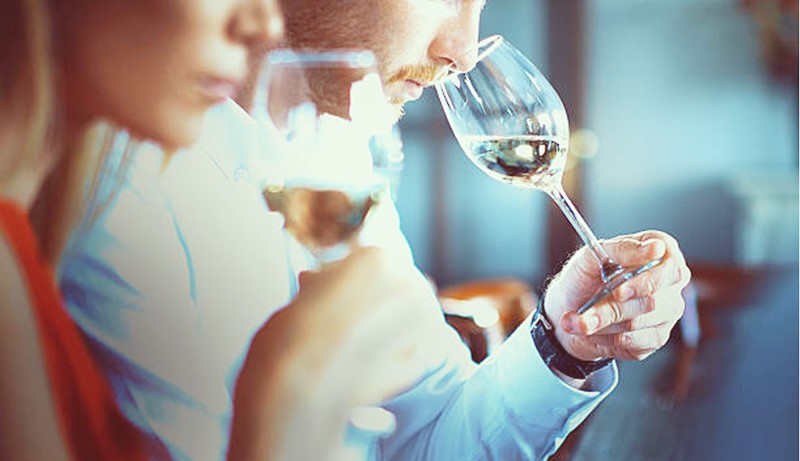Understanding Light-Induced Wine Degradation
Causes, consequences, and preventative measures

Wine enthusiasts and industry professionals alike invest a great deal of time, effort, and resources into understanding and perfecting the craft of winemaking. From scrutinizing the origin and coupage to mastering the vinification process, the attention to detail is staggering. However, often overlooked is a critical, yet simple factor that can drastically affect the organoleptic properties of wine: light exposure, or what is often termed as "lightstrike."
What is Lightstrike and Why Does It Matter?
Riboflavin, commonly known as Vitamin B2, is produced mainly by yeasts during the fermentation process and is consequently present in most wines to varying degrees. This vitamin is particularly abundant in wines that have prolonged contact with lees—dead yeast cells that play an essential role in fermentation. While beneficial in many aspects, riboflavin is highly photosensitive and particularly susceptible to ultraviolet (UV) rays.
When exposed to specific wavelengths of natural or artificial light (particularly 370 and 440 nm), riboflavin enters an excited state of elevated energy, which triggers a series of chemical reactions leading to oxidative photodegradation. Among the products of these reactions is dimethyl disulfide (DMDS), which imparts undesirable odors reminiscent of cooked cauliflower or wet wool.
The Scientific Basis and Organoleptic Deterioration
Essentially, light exposure causes oxidative photodegradation of sulfur-containing amino acids, primarily methionine. This deterioration results in low-threshold off-flavors such as damp wool, cabbage, onion, and garlic, making the wine unsuitable for consumption. This process is particularly concerning for wines produced using the 'méthode champenoise,' which involves secondary fermentation in the bottle, increasing the wine's contact with lees and thereby riboflavin.
Notably, lightstrike is more common in white wines and sparkling wines that are aged on lees, as the polyphenols in red wines generally offer some protective or antioxidant effect. Nevertheless, the phenomenon can also affect the color of the wine due to the degradation of anthocyanins, the compounds responsible for the hue in red wines.
Prevention and Treatment
In wineries, there are various methods to mitigate the risks of lightstrike, including the use of yeast strains that produce lower amounts of riboflavin and implementing specialized clarifying agents. Appropriate lighting and proper storage conditions can also help mitigate this issue.
In the bottle phase, several measures can be taken:
- Adding components to protect the wine from light exposure, thereby slowing the onset of lightstrike.
- Introducing "competitors" that react with riboflavin instead of the sulfur precursors.
- Implementing mechanisms to capture or bind the sulfur metabolites that are formed.
Additionally, small amounts of copper can prevent this degradation by complexing riboflavin, while grape catechins above 40 mg/liter can absorb UV radiation at 370 nm, thus inhibiting the absorption of riboflavin. Vitamin C, due to its reducing and photosensitive nature, can also delay or prevent the appearance of this defect. Finally, using glass bottles that filter out specific wavelengths close to 370 nm can be highly beneficial.
As wine consumers and professionals, education and awareness about lightstrike can significantly contribute to better purchasing and storage decisions, enhancing the overall enjoyment of this cherished beverage.
Founded in 2007, Vinetur® is a registered trademark of VGSC S.L. with a long history in the wine industry.
VGSC, S.L. with VAT number B70255591 is a spanish company legally registered in the Commercial Register of the city of Santiago de Compostela, with registration number: Bulletin 181, Reference 356049 in Volume 13, Page 107, Section 6, Sheet 45028, Entry 2.
Email: [email protected]
Headquarters and offices located in Vilagarcia de Arousa, Spain.